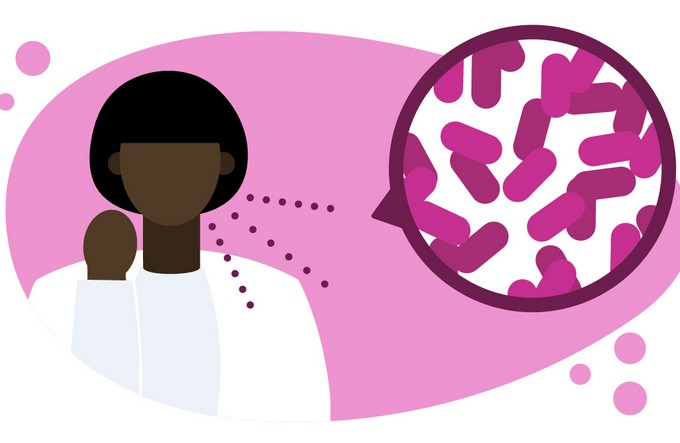Transforming a smile can be an exciting journey, but sometimes, the presence of braces might leave teeth with a temporary yellowish tinge. This common occurrence can be a result of various factors and is often just a part of the process towards achieving a beautifully aligned and dazzling smile.

A confident smile is a powerful asset that can open doors and build connections. However, the journey to a perfect smile often involves orthodontic treatments like braces, which can present their own set of challenges. One common concern for individuals with braces is the potential for yellowish teeth. This article aims to provide valuable insights on how to prevent and treat yellowish teeth while undergoing orthodontic treatment.
Prevention
1. Effective Oral Hygiene Routine: The cornerstone of preventing yellowish teeth with braces is maintaining a diligent oral hygiene routine. Brushing and flossing can be more challenging with braces, but it’s crucial to keep the teeth clean. Using a soft-bristle toothbrush and fluoride toothpaste, gently brush all surfaces of your teeth, including around the brackets and wires. Don’t forget to floss daily using floss threaders or interdental brushes to remove food particles that can contribute to staining.
2. Proper Brushing Technique: When brushing with braces, use small circular motions to clean each tooth thoroughly. Pay special attention to the areas around the brackets and wires, as these spots are prone to accumulating plaque and debris. Brushing after every meal can help prevent food particles from settling and causing discoloration.
3. Limit Staining Foods and Drinks: Certain foods and beverages are notorious for causing teeth staining. While undergoing orthodontic treatment, it’s wise to minimize consumption of dark-colored foods (such as berries) and beverages like coffee, tea, and red wine. If you do consume these items, rinse your mouth with water afterward to help reduce their staining effects.
4. Stay Hydrated: Drinking plenty of water not only promotes overall health but also helps flush away food particles and bacteria that can contribute to yellowish teeth. Swishing water around your mouth after eating can also help dislodge any trapped debris.
5. Regular Dental Checkups: Schedule regular dental appointments even while undergoing orthodontic treatment. Your dentist can monitor your oral health and provide professional cleanings to remove any stubborn stains that may develop around your braces.
Treatment
1. Whitening Toothpaste: Whitening toothpaste can help remove surface stains from teeth. Look for a toothpaste that’s specifically formulated for braces wearers, as it will be gentle on your orthodontic appliances while still targeting yellowing.
2. At-Home Whitening Kits: Over-the-counter teeth-whitening kits can be an option, but it’s important to consult your orthodontist before using them. Some kits may not be suitable for individuals with braces, and improper use can lead to uneven results.
3. Professional Teeth Whitening: Once your braces are removed, consider professional teeth whitening treatments offered by your dentist. They can customize the treatment to your needs and ensure even whitening results. However, it’s best to wait until after your orthodontic treatment is complete to achieve consistent and long-lasting results.
4. Maintaining Oral Hygiene During Treatment: Despite wearing braces, maintaining impeccable oral hygiene remains crucial in preventing and treating yellowish teeth. Continue to brush and floss diligently, and consider using an antimicrobial mouthwash to help control bacteria and prevent stains.
5. Avoid DIY Remedies: While the internet may suggest various DIY remedies for teeth whitening, it’s important to exercise caution. Some DIY methods can be abrasive or even harmful to your teeth and braces. Always consult your orthodontist or dentist before trying any home remedies.
Conclusion
Achieving a beautiful, confident smile while wearing braces requires dedication to oral hygiene and making mindful choices regarding diet and habits. Preventing and treating yellowish teeth during orthodontic treatment is entirely possible with the right approach. Remember, consistency is key – maintaining a strict oral hygiene routine, avoiding staining foods and beverages, and seeking professional guidance when necessary will go a long way in ensuring that your smile remains radiant throughout your braces journey and beyond. By following these guidelines, you can confidently face the world with a smile that lights up any room.

